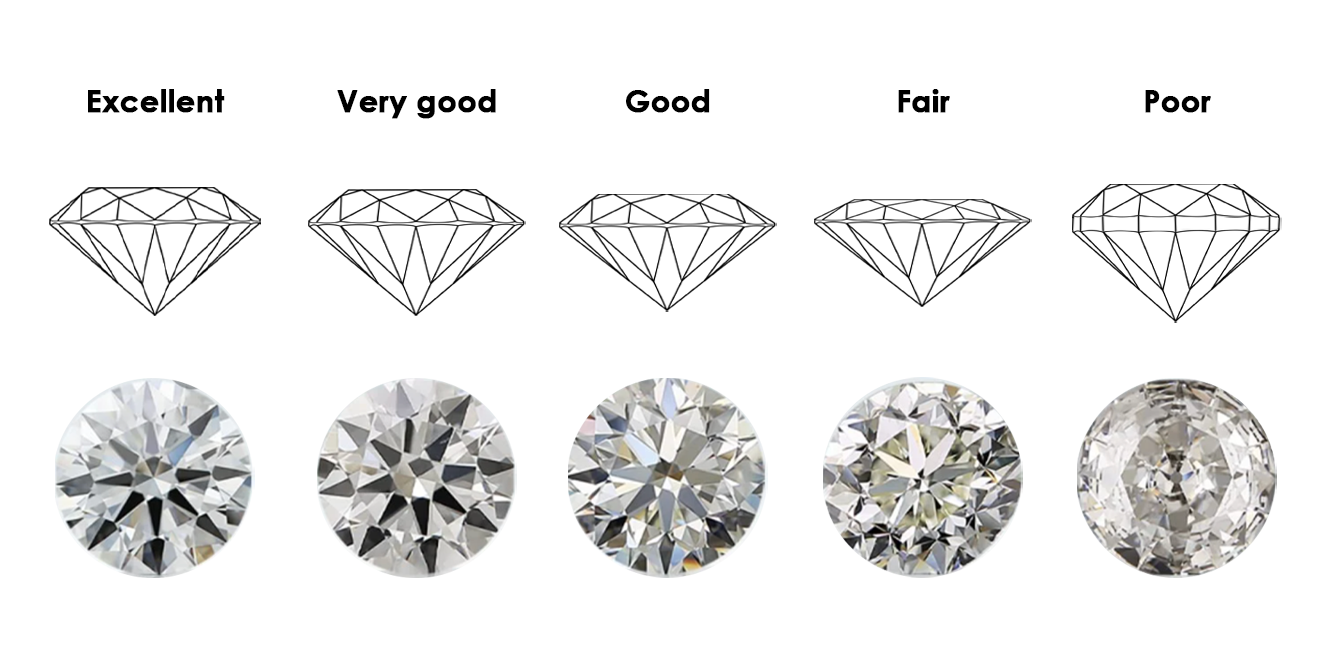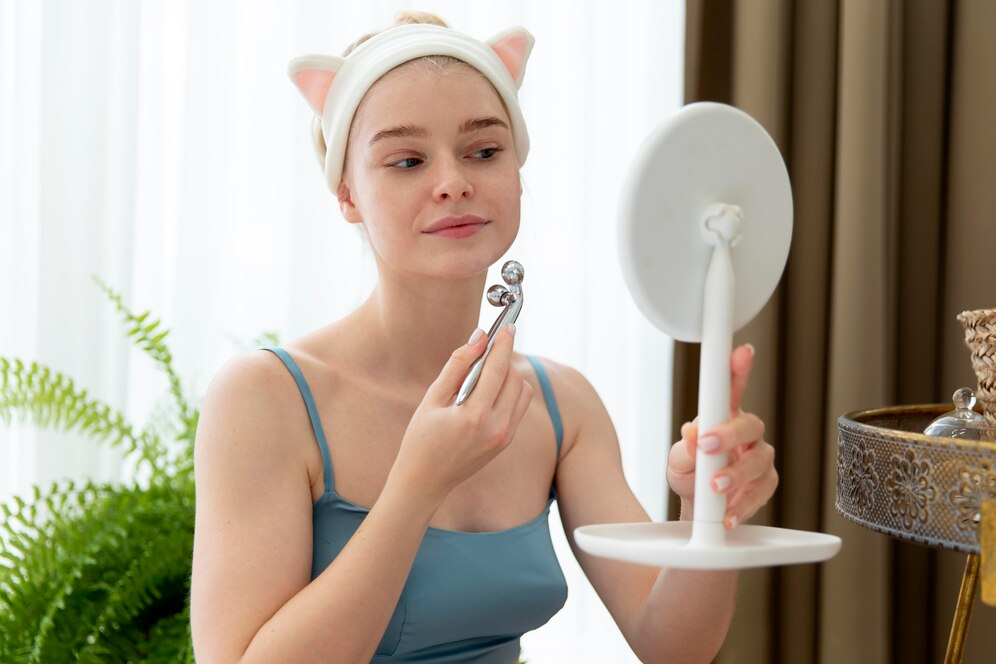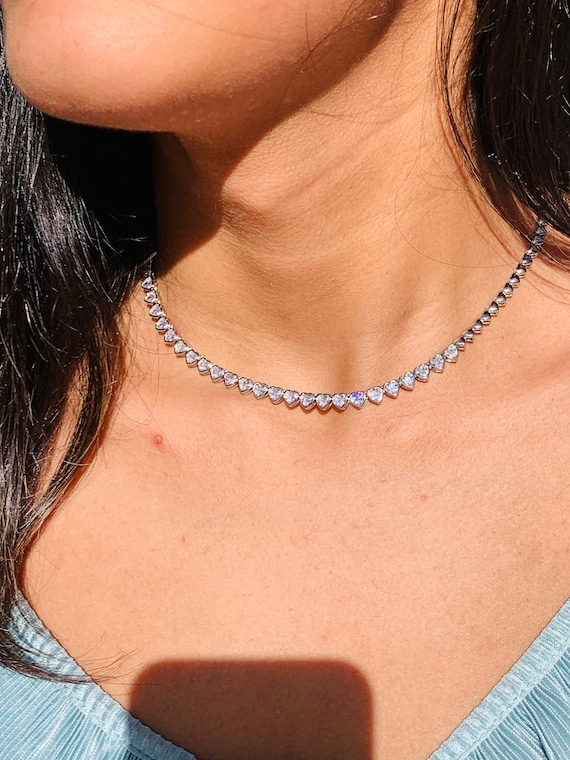Diamonds Decoded: Mastering the 4Cs for Timeless Brilliance
The Foundation of Diamond Grading
Before diving into the individual components of the 4Cs, it’s crucial to understand their significance. The 4Cs were established by the Gemological Institute of America (GIA) as a universal method for assessing the quality of diamonds. This standardization allows buyers to accurately compare diamonds and ensures transparency in the market.
What is Diamond Cut?
Diamond Cut refers to how well a diamond’s facets interact with light. It encompasses the diamond’s proportions what matters in the diamonds 4cs, symmetry, and polish. A well-cut diamond reflects light internally and externally, resulting in exceptional brilliance and fire.
Ideal vs. Poor Cuts
Ideal cut diamonds are precisely shaped to maximize light return. In contrast, poorly cut diamonds can appear dull and lifeless, regardless of their other qualities. A diamond with an excellent Cut can mask minor imperfections and color tints, making it more visually appealing.
Cut Grades Explained
Cut grades range from Excellent to Poor. Excellent cut diamonds have optimal proportions and symmetry, ensuring maximum brilliance. Very Good and Good cuts offer decent brilliance at a lower price point. Fair and Poor cuts often compromise on light performance, affecting the diamond’s overall beauty.
Clarity Grades
Clarity grades range from Flawless (no inclusions or blemishes visible under 10x magnification) to Included (inclusions visible to the naked eye). The intermediate grades—Internally Flawless (IF), Very Very Slightly Included (VVS), Very Slightly Included (VS), and Slightly Included (SI)—offer a balance between clarity and value.
How Carat Affects Price
Diamond prices increase exponentially with carat weight. Larger diamonds are rarer and more desirable, leading to higher prices. However, opting for a diamond just below popular carat weights (like 0.90 instead of 1.00 carats) can offer substantial savings with minimal size difference.
Prioritizing Your Preferences
Decide what aspect is most important to you. If sparkle is your top priority, focus on cut. If size matters more, carat weight should be your focus, but don’t neglect the cut. For the best value, consider a diamond with slightly lower clarity or color but an excellent cut.
Budget Considerations
Determine your budget beforehand and prioritize the 4Cs accordingly. A diamond with a balance of good cut, near-colorless color, VS or SI clarity, and slightly less carat weight can provide great value without sacrificing beauty.
Practical Tips for Buyers
When buying a diamond, always see it in person or request high-quality images or videos if purchasing online. Compare diamonds side by side to notice differences in quality. Also, ensure the diamond comes with a certification from a reputable grading laboratory like the GIA.
Certification and Grading Reports
Always buy diamonds that come with a grading report from a recognized laboratory. This certification provides an unbiased assessment of the diamond’s quality and helps in making informed comparisons.
Lab diamonds, also known as synthetic or cultured diamonds, are created through advanced technological processes that replicate the natural conditions under which diamonds form in the Earth’s mantle. These diamonds possess the same chemical composition, crystal structure, and physical properties as natural diamonds, making them indistinguishable to the naked eye and to most gemological equipment.
Ethical Sourcing
Ensure your diamond is ethically sourced. Look for certifications like the Kimberley Process, which guarantees that the diamond is conflict-free. Ethical sourcing supports sustainable practices and fair labor conditions.
Future Trends in Diamond Buying
The diamond industry is evolving with new trends such as lab-grown diamonds, which offer an ethical and affordable alternative to natural diamonds. Additionally, consumers are increasingly valuing traceability and sustainability in their diamond purchases.
Conclusion
Understanding the 4Cs of diamonds—Cut, Color, Clarity, and Carat—provides a solid foundation for making an informed purchase. By balancing these characteristics according to your preferences and budget, you can find a diamond that is both beautiful and valuable. Remember, a diamond’s true worth lies in its ability to bring joy and symbolize enduring love and commitment. Happy diamond shopping!







